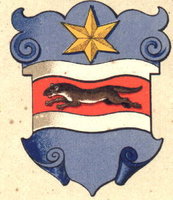Categories Online-Shop World Coins Europe Croatia
Croatia

Slavonia is, alongside Dalmatia, Croatia proper, and Istria, one of the four historical regions of Croatia. After the fall of Rome, which ruled the area of modern-day Slavonia until the 5th century, Ostrogoths and Lombards controlled the area before the arrival of Avars and Croats, when the Principality of Pannonian Croatia was established in the 7th century. It was later incorporated into the Kingdom of Croatia. And, after its decline, the kingdom was ruled through a personal union with Hungary. The Ottoman conquest of Slavonia took place in 1536 – 1552. In 1699, after the Great Turkish War, Slavonia was transferred to the Habsburgs. Reform of the empire through the Compromise of 1867 assigned it to the Hungarian part of the realm, and a year later to the Kingdom of Croatia-Slavonia. In 1918, when Austria-Hungary dissolved, Slavonia was a part of the short-lived State of Slovenes, Croats and Serbs which in turn became a part of the kingdom later renamed Yugoslavia. During the Croatian War of Independence, Slavonia saw fierce fighting—including the Battle of Vukovar.
The cultural heritage of Slavonia is a blend of historical influences, especially those since the end of the 17th century, when Slavonia started recovering from the Ottoman wars, and its traditional culture. Slavonia contributed to the culture of Croatia, through art, writers and poets, and through art patronage.


